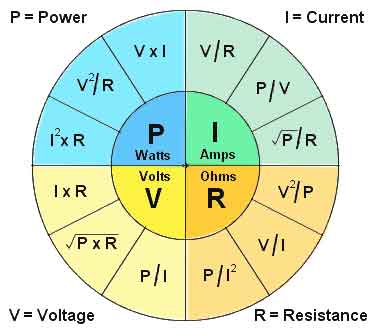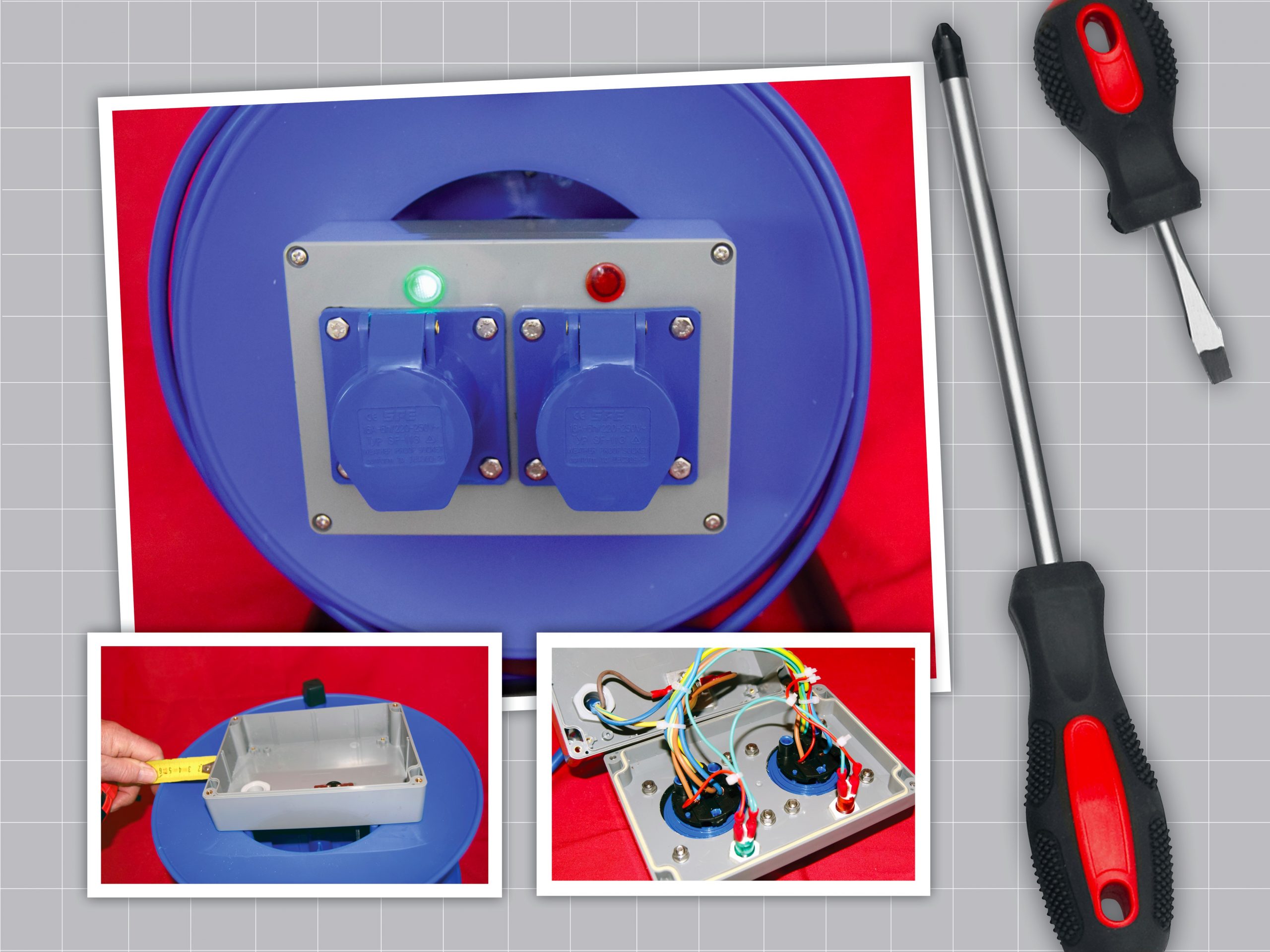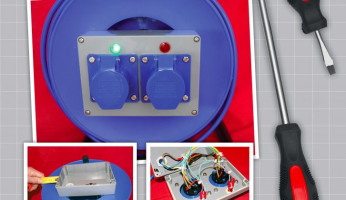Hi folks - got a couple of weeks in France booked in for August, have booked a pitch with EHU.
We have a standard 25m EHU cable for UK campsites. I have 2 questions.
1) Do I need an adaptor for French campsites? And if so, recommendations would be appreciated.
2) The EHU on the campsite is a 10 amp supply. I assume that will power the plug sockets in the van but am I restricted to devices I can connect? For example, we have a small fan - a Dimplex 360 - that is rated at 45W. Will that be OK to use? I am completely uninitiated on the subject of 10a or 16a supply and what that means in terms of devices being actually used.
Thanks for any advice from you more experienced van owners out there.
We have a standard 25m EHU cable for UK campsites. I have 2 questions.
1) Do I need an adaptor for French campsites? And if so, recommendations would be appreciated.
2) The EHU on the campsite is a 10 amp supply. I assume that will power the plug sockets in the van but am I restricted to devices I can connect? For example, we have a small fan - a Dimplex 360 - that is rated at 45W. Will that be OK to use? I am completely uninitiated on the subject of 10a or 16a supply and what that means in terms of devices being actually used.
Thanks for any advice from you more experienced van owners out there.



